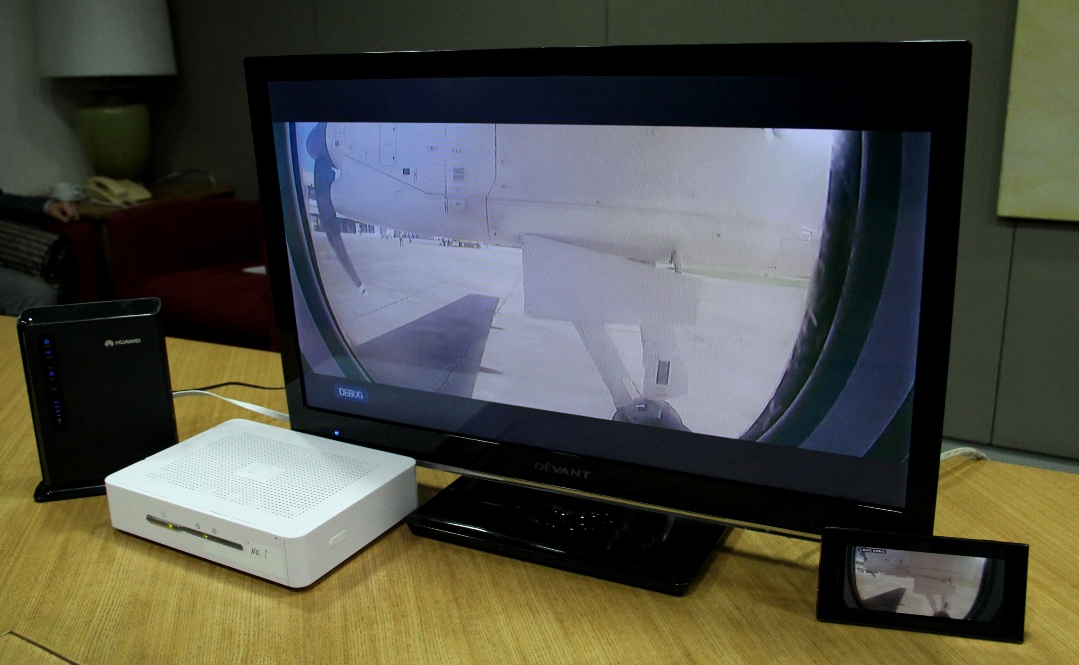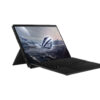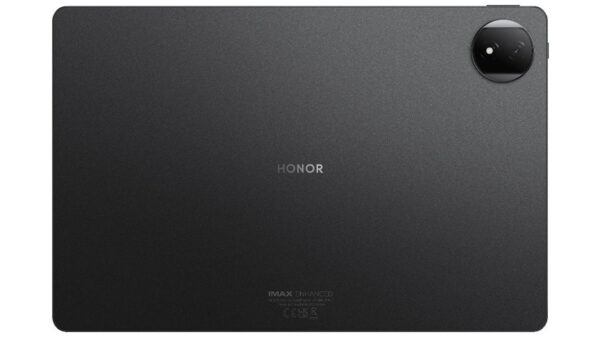Subscribers of Smart Communications, Inc. may soon be able to watch clear, lag-free live video on their LTE-capable smartphones and tablets, following a successful LTE multicast trial in the Philippines.
Smart says the trial is the first in Southeast Asia, and the world’s first over 2.1 GHz frequency, according to Huawei Technologies, which provided network equipment for the trial.
LTE is currently the fastest commercially available 4G wireless broadband coverage for mobile networks, which allows users to download data at speeds reaching up to 100 mbps.

LTE TV. Smart Communications Inc. (Smart) taps the evolved Multimedia Broadcast Multicast Services (eMBMS) technology to multicast live video content on this TV equipped with a device that converts data received by an LTE SIM. The live content is also streamed on an LTE-capable handset.
Called the evolved Multimedia Broadcast Multicast Services (eMBMS), the emerging technology taps the functionality and speed of LTE to deliver rich multimedia content, such as live video, to a large number of consumers efficiently. The content is transmitted wirelessly by LTE-capable cell stations to mobile devices.
Aside from live content, the eMBMS is also suitable for delivering pre-loaded content like news, music, software, ads and other data to a mass audience.
For its pilot LTE multicast, Smart streamed pre-loaded videos on three channels from its base station in Quezon City to another base station in Makati. Thevideos were aired on three LTE-capable handsets provided by Huawei, as well as a TV set equipped with a device that converts data received by an LTE Sim.
“As the forerunner of LTE technology in the country, Smart is proud to hit a new milestone for the country and blaze the trail for eMBMS, which extends the capabilities of our robust LTE infrastructure. Among many things, this successful trial shows the readiness of our network to deliver the services of the future,” said Smart and PLDT Technology Group Head Roland Peña.
The successful trial puts Smart’s network at par with industry leaders Verizon in the United States and Telstra in Australia, which have both kicked off trials on their LTE networks.
Because of the growing usage of mobile multimedia content around the world, major telecoms in Korea and United Kingdom have also expressed interest in eMBMS technology early this year.
The eMBMS technology stands out for its one-to-many transmission or multicast feature and presents a viable alternative to one-to-one transmission, or unicast, which entails sending similar content to each user.
For example, during a live streaming of a major event, unicast sends the same video content to each user individually, which affects the network load. In contrast, eMBMS delivers the video content only once to an equal number of users over the high-speed LTE connection.
With the latest compression methods, eMBMS also substantially reduces the bandwidth required to delivering multimedia content. This simplifies the process and reduces the cost of transmitting data.
Since it pioneered and launched the use of LTE in the Philippines in August 2012, Smart has grown its LTE coverage to over 1,200 sites, across around 180 cities and municipalities. Smart LTE also covers all 17 cities and municipalities that make up Metro Manila.
Last August, Smart also successfully conducted the country’s first trial of LTE-Advanced, which can support data services with speeds of from 100 to 400 Mbps.
Aside from LTE, Smart also offers HSPA+ and WiMax as part of its suite of 4G technologies. In total, Smart has about 10,000 4G-capable base stations, which is almost twice the size of competition and covers 85 percent of the country’s population, or around 78.4 million Filipinos.















































































































